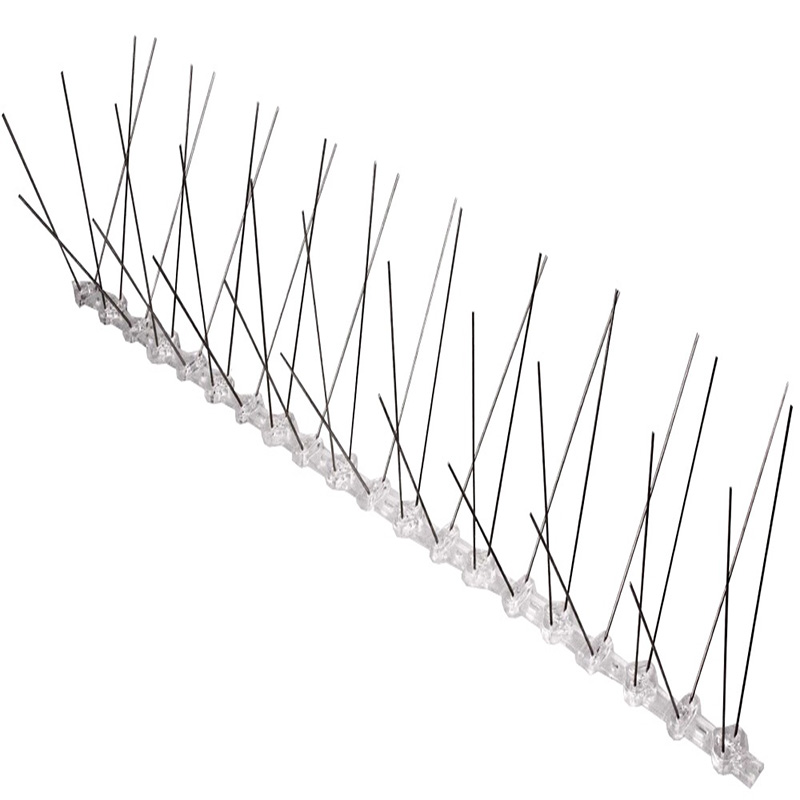-
+86 15030157877
-
sales@galvanizedmetalmesh.com
Ağu . 13, 2024 22:43 Back to list
Exploring the Manufacturing Processes and Applications of Metal Mesh Products in Various Industries
Exploring Metal Mesh Factories Innovations, Processes, and Applications
In the modern industrial landscape, metal mesh has emerged as a crucial material used in various applications ranging from construction to filtration and even art installations. As the demand for versatile and durable materials continues to rise, metal mesh factories are playing a vital role in meeting these needs through innovative manufacturing processes and advanced technologies.
What is Metal Mesh?
Metal mesh, often referred to as wire mesh or expanded metal, consists of interconnected strands of metal that form a grid-like structure. This material can be made from a variety of metals, including stainless steel, aluminum, and carbon steel, allowing for different properties such as corrosion resistance, strength, and weight. The production of metal mesh typically involves weaving or welding metal wires together to create sheets or rolls, which can then be further processed to meet specific applications.
Manufacturing Processes
Metal mesh factories utilize several manufacturing techniques to produce their products. The most common methods include welding, weaving, and stamping.
1. Welding In this process, metal wires are aligned and fused together using heat, creating a robust and stable mesh. This method is often used for applications requiring high strength and durability, such as in construction and infrastructure.
2. Weaving Similar to fabric weaving, this method involves intertwining metal wires to create a flexible mesh. Weaved metal mesh is often used in filtration applications, as the interstices can be adjusted to retain specific particle sizes.
3. Stamping and Punching This technique involves cutting sheets of metal into predefined shapes or patterns using a stamping machine. It allows for the creation of decorative and functional elements used in architecture and design.
4. Expanded Metal This method involves cutting and stretching a sheet of metal to create diamond-shaped openings. Expanded metal sheets are commonly used for walkways, safety barriers, and ventilation applications due to their lightweight and strong nature.
Innovations in Metal Mesh Production
metal mesh factories

The metal mesh industry is continually evolving with the incorporation of advanced technologies. Automation and robotics play a significant role in enhancing manufacturing efficiency, reducing labor costs, and ensuring consistent quality. Additionally, computer-aided design (CAD) software allows for precise crafting of customized mesh products tailored to specific needs.
Sustainability is another focal point for modern metal mesh factories
. Many manufacturers are adopting eco-friendly practices, such as recycling scrap metal and utilizing energy-efficient processes. This commitment to sustainability not only reduces environmental impact but also appeals to increasingly eco-conscious consumers.Applications of Metal Mesh
The versatility of metal mesh means it can be utilized in numerous applications across different industries
- Construction Metal mesh is widely used for reinforcement in concrete structures, retaining walls, and fencing. Its strength and durability make it an ideal choice for various construction projects.
- Filtration In the water treatment and food industries, metal mesh serves as a critical component in filters, allowing for the separation of solids from liquids.
- Architecture Designers often use metal mesh in architectural facades, providing both aesthetic appeal and functional benefits such as natural ventilation and light filtration.
- Safety and Security Metal mesh is used in safety barriers, grate covers, and security fencing, providing essential protection and risk management.
Conclusion
Metal mesh factories are at the forefront of innovation and efficiency in material production. By utilizing advanced manufacturing techniques and responding to market demands, they provide essential solutions across various industries. As technology continues to evolve, the future of metal mesh production holds vast potential, promising enhanced materials that meet the growing needs of society while maintaining a focus on sustainability and quality.
-
Premium Black Brick Welded Mesh - High Strength & Corrosion Resistant
NewsJul.21,2025
-
AI SEO Optimizer
NewsJul.20,2025
-
High-Quality Chicken Wire Panels Leading Manufacturer & Exporter
NewsJul.08,2025
-
High-Quality Concrete Reinforcement Wire Mesh – Reliable Steel Mesh Manufacturers & Exporters
NewsJul.08,2025
-
High-Quality Aluminum Expanded Mesh Leading Manufacturers & Exporters
NewsJul.08,2025
-
High-Quality Perforated Stainless Steel Sheet Manufacturer & Exporter Custom Sizes Available
NewsJul.07,2025



